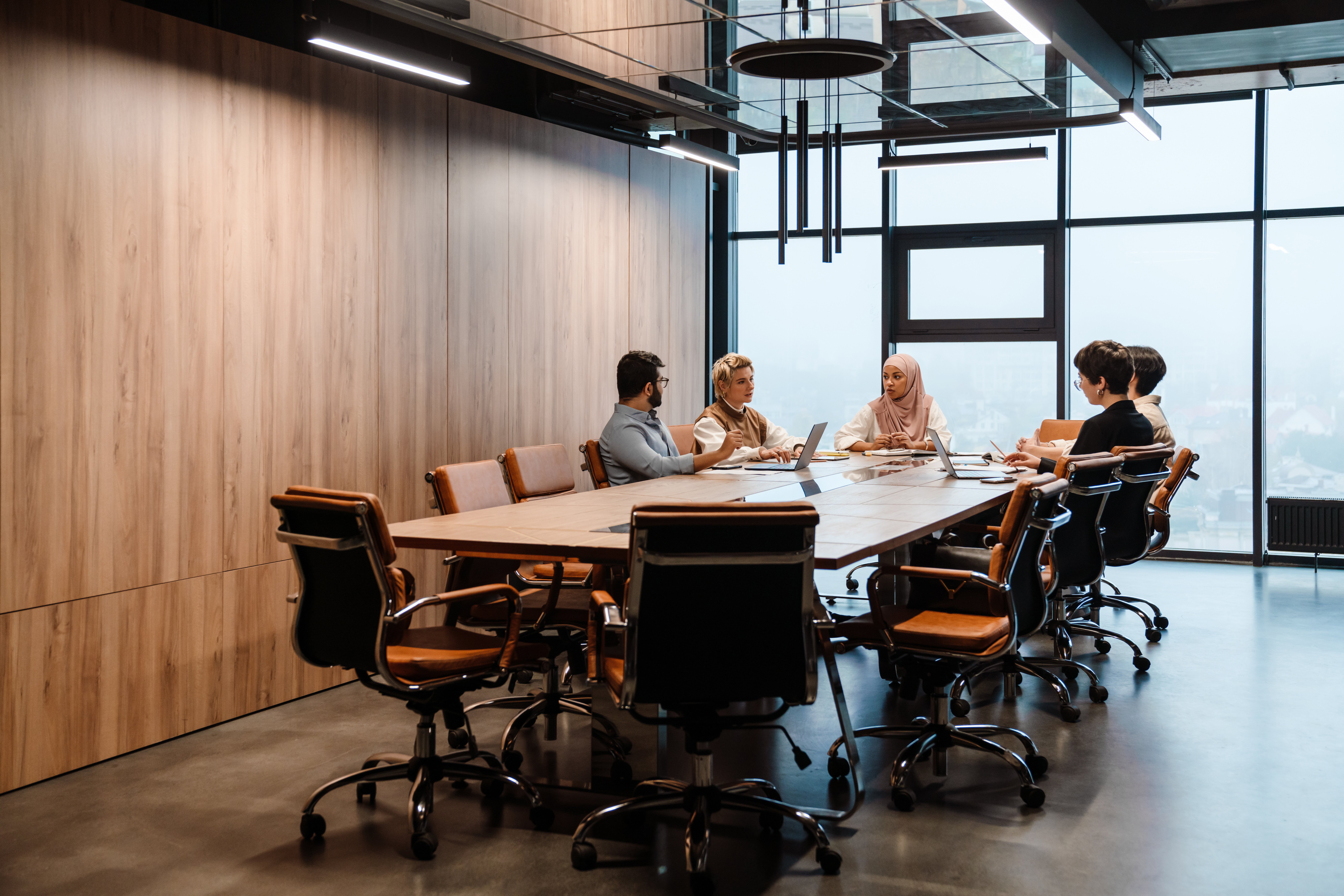Businesses nationwide are developing plans to return to normalcy – or something approaching it. “Normalcy,” in this case, means the workplace will once again become a busy setting where employees perform their job functions, public visits, and professional interactions occur.
But at least for the near term, protecting employees and visitors from contracting COVID-19 will be a paramount concern. What steps can employers take to make their workplace healthy and safe proactively? Read on for tips on preparing for a safe return to your workplace.
Tips for a safe return to the workplace
The COVID-19 pandemic is wreaking havoc on the economy and changing business practices nationwide. Before asking your employees to return to the office, please read on for some helpful tips. We will guide you toward making sound decisions to ensure a healthy, safe, and productive workplace.
Create a clean environment-
Your workplace must be cleaned and sanitized before employees return to work and must continue to be cleaned regularly. High-traffic and high-touch areas should frequently be deep cleaned. The spread of germs can be reduced by installing automatic door openers on frequently used doors, providing touchless hardware and restrooms, installing automatic hand sanitizer dispensers, and refinishing surfaces with antimicrobial products. To improve indoor air quality, the HVAC system should be thoroughly cleaned, and more fresh air can be introduced into the building through modifications to the HVAC system or by opening windows when possible. It has also been suggested that HEPA filters and a UV-equipped filtration system be installed to provide maximum protection against air contaminants.
Reorganize the workspace-
Your workspace may need to be reconfigured to adhere to social distancing guidelines. Workstations must be placed at least 6 feet apart; consider installing partitions between workstations. Some furniture will likely need to be removed to create additional space. Circulation patterns, elevators, stairs, and corridors may require reconfiguration to limit close contact and congestion. Consider renovating break rooms, conference rooms, training areas, and any other space used by staff to promote social distancing.
Develop policies and procedures-
Developing new policies and procedures is critical to address how your organization will operate in these changing times. Policies and procedures should promote the health and safety of employees and visitors. Examples include:
- Flexible work and telework arrangements
- The use of shared spaces such as conferences, training, and break rooms.
- "Clean desk" policy that requires employees to clean their desks at the end of the day to allow for proper cleaning
- Policy for limiting the number of visitors and procedures for visitor interaction.
Implement health protocols-
Consider developing protocols for temperature checks, virus testing, and self-reporting of symptoms for employees and visitors. Protocols may restrict employees or visitors from entering the building if they have traveled to the COVID-19 hotspots and have come in close contact with an individual who has tested positive. Consult federal, state, and local guidelines for suggested protocols.
Adopt a phased return to work plan-
Carefully consider which job functions must be performed in the workspace and which functions can be performed remotely. Employees with mission-critical functions should return to the office first consider alternating the days employees work in the office, staggering work hours, and creating shifts. Similarly, staggered lunch times could reduce congestion and break rooms. Consider delaying the return to the office for higher-risk employees, workers with no childcare options, or employees who must rely on mass transit to commute to work.
Master telework-
COVID-19 could continue to be a public health threat for the foreseeable future. Therefore, organizations must weave telework into the fabric of their culture. As telework becomes a long-term solution to keeping your employees safe, it will be critical for you to organize an organization to master telework. Consider taking the following steps to ensure your workforce can operate productively at home over the long term:
- Ensure employees have the proper space and equipment
- Provide employees with productivity applications
- Provide guidance on managing distractions, including children and other family members or roommates.
- Provide team communication
- Develop procedures for managing a remote workforce.
____________________________________________________________________________________________






.jpg)




.jpg)


.jpg)
.jpg)
-1.jpg)
.jpg)
.jpg)
.jpg)
.jpg)
.jpg)

